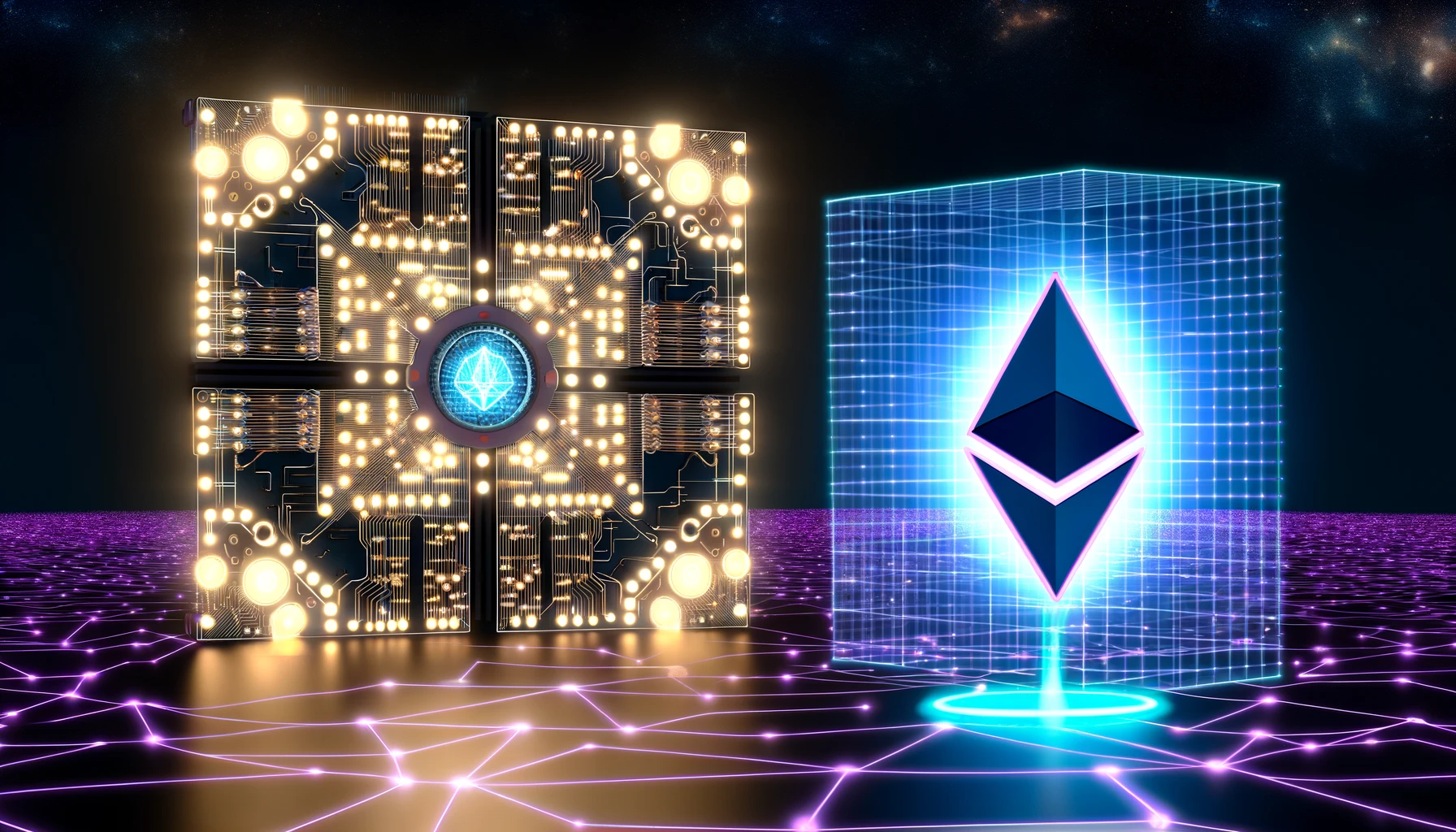Insider Brief
- Ethereum co-founder proposed a hard fork strategy to safeguard Ethereum against potential quantum computer attacks.
- Vitalik Buterin’s strategy includes measures to fortify Ethereum’s defenses.
- Some community members have voiced concerns over the efficacy of the measures.
Vitalik Buterin, the co-founder of Ethereum, has proposed a hard fork strategy aimed at fortifying the blockchain against potential quantum computing threats, sparking widespread discussions on implementing quantum security measures. The proposal was reported by Blockchain.News.
Buterin’s strategy involves several steps to bolster Ethereum’s defenses if powerful quantum computers that can break current cryptographic techniques are developed. The fear is that a quantum computer could decrypt private keys, undermine smart contracts, and disrupt consensus mechanisms, jeopardizing Ethereum’s security and viability.

Key aspects of the proposal include reverting all blocks after detecting a quantum attack, suspending traditional transactions to halt vulnerabilities, and introducing a new quantum-resistant transaction type for smart contract wallets aligned with the anticipated RIP-7560 standard.
Additionally, Buterin proposes enabling users to submit STARK proofs, cryptographic verification mechanisms designed to replace account code with quantum-resistant validation. This would allow users to prove their ownership of private keys and public addresses without exposing the private keys.
However, some community members have voiced skepticism, arguing these measures may be ineffective if bad actors gain quantum decryption capabilities. They advocate adopting NIST post-quantum algorithms like combining Dilithium and ed25519, despite increased block sizes.
Alternative proposals include developing machine learning systems to detect anomalous transactions as an early warning for quantum threats, triggering emergency hard forks.
The debates highlight the blockchain sector’s proactive approach to addressing quantum computing risks. Solutions like Lamport signatures, ERC-4337 quantum-resistant wallets, and integrating post-quantum cryptography into digital signatures demonstrate the industry’s commitment to resilience against emerging technological threats.
As quantum capabilities inch closer, Buterin’s proposal has catalyzed crucial discussions around fortifying Ethereum’s core security infrastructure, underscoring the sector’s resolve to stay ahead of the curve.
If you found this article to be informative, you can explore more current Digital Twin news here exclusives, interviews, and podcasts.













